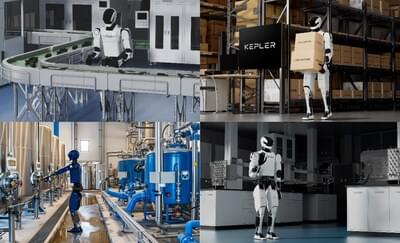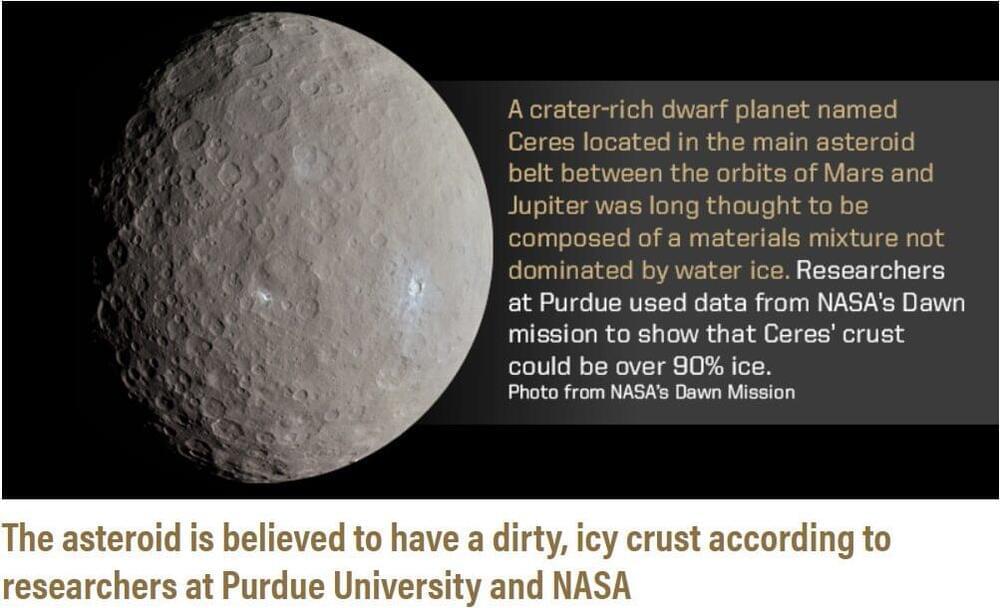Oct 21, 2024
Your Consciousness Can Enter Alternate Dimensions While You’re Dreaming, Scientist Claims
Posted by Jose Ruben Rodriguez Fuentes in categories: neuroscience, quantum physics
Fascinating as this may sound, not all dreams serve as gateways to parallel timelines. Whether dreams return is key here. “Recurring dreams, especially those with vivid and consistent scenarios, might suggest deeper connections to other realities,” Leong claims. On the other hand, dreams tied to personal experiences often feel disjointed, with distorted time. The most surreal and incomprehensible dreams are likely the subconscious processing your life here on Earth, he says. But, if it feels like you’re visiting the dream rather than imagining it—like a play with a beginning, middle, and end—you probably are visiting this other world, under Leong’s hypothesis.
Leong also hints that strong emotions in persistent dreams could offer cosmic clues—signals of how another version of you is experiencing life in a parallel world. “Say you have a repetitive dream of being stuck in high school,” he suggests. “While it may reflect unresolved psychological themes, such as feelings of stagnation or anxiety about personal growth, it could also indicate that in another reality, you are still in high school, dealing with the same challenges your waking self has moved beyond.” This emotional resonance—like the frustration of being stuck—could ripple across dimensions, creating a feedback loop between your conscious mind here and one of your alter egos elsewhere.
YET, AS CAPTIVATING AS THIS HYPOTHESIS MIGHT BE, it runs into a significant problem: there’s no empirical evidence to back it up. Quantum phenomena, such as entanglement and nonlocality, challenge our traditional views on time and space. Yet, no scientific studies conclusively support the idea that dreams are portals to other worlds. Mainstream neuroscience and cognitive science, on the other hand, find this hypothesis heretical—if not downright unscientific.


















